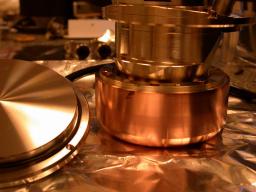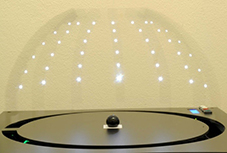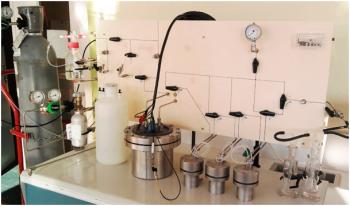Les rayons X, rayonnement électromagnétique au delà de l'ultra-violet lointain, couvrent une gamme de longueur d'onde autour du dixième de nanomètre. Cette distance est de l'ordre de la distance entre atomes dans la matière condensée. Ainsi les rayons X peuvent interagir avec ces atomes (diffraction) ou les électrons (diffusion).


Permanents impliqués : Mickaël Bouhier, Jean-Charles Méaudre.
La Reflectance Transformation Imaging (RTI), ou imagerie de transformation par réflectivité, est une méthode d’imagerie basée sur la compilation de clichés dont la seule variable est l’orientation de la source lumineuse. Cette technique, dite 2.
The LAPA developed for re-corroding archaeological systems, originals setups, allowing to continue century old corrosion process in the lab and under labeled environments.
One way to get reliable knowledge about long term corrosion is to perform re-corrosion experiments. From natural sites, known for their chemical stability for years, corroded samples are picked up and then submitted to experiments.


The Raman microspectrometry is an analytical device of primary importance to characterize the crystalline structure of materials. It is a complementary technique to micro X-ray diffraction. This technique is well suited to characterize and determine the distribution of the phases formed in the corrosion layers of iron or steels during very long periods in various environments. Iron oxides, oxy-hydroxides and carbonates are the main phases encountered in these systems.










